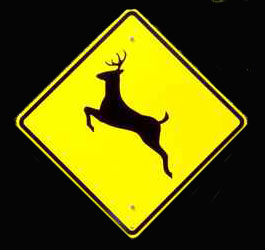Food supplements are consumed, whether by humans or animals, to augment or improve in some way the nutritional value of the diet. Food additives in farming have been used for centuries, as anyone who has seen a salt-lick will appreciate. However, with the rise of corporate farming in livestock production—what are known as Animal Feeding Operations (AFOs)—the use of feed additives and the nature of those additives has changed greatly. Animal feed additives come in a variety of types, from vitamin supplements and amino acids to preservatives, emulsifiers and essential fatty acids.
Recently, one commonly used additive has been in the media spotlight; antibiotics. It is now common practice in the United States to add low doses of antibiotics to animal feed. Antibiotics are used to stimulate growth as well as to stave off the diseases bred by unnatural and unsanitary conditions. The use of antibiotics on livestock is so great in the United Sates that it is believed to account for 80%, by weight, of all antibiotic use. The business of providing a population with high volumes of low-cost meat is a very large business indeed. Raising livestock in more natural ways—as opposed to the assembly-line manner used by AFOs—takes longer and, as they say, time is money.
Today’s market size is the estimated global value of the animal feed additive market. These additives are most heavily used in North America and Asia-Pacific, regions that together account for more than 60% of the use of animal feed additives.
Geographic reference: World
Year: 2012 and a forecast for 2018
Market size: $16.18 billion and $20.23 billion respectively
Source: “Animal Feed Additives Market Worth $20,233.2 Million by 2018,” PR Newswire, March 12, 2014, available online here.
Original source: MarketsandMarkets
Posted on March 17, 2014

